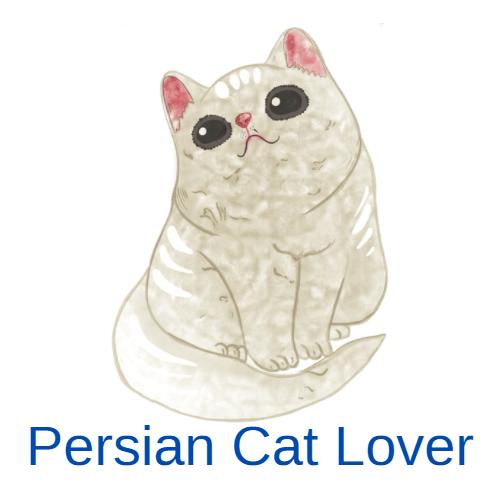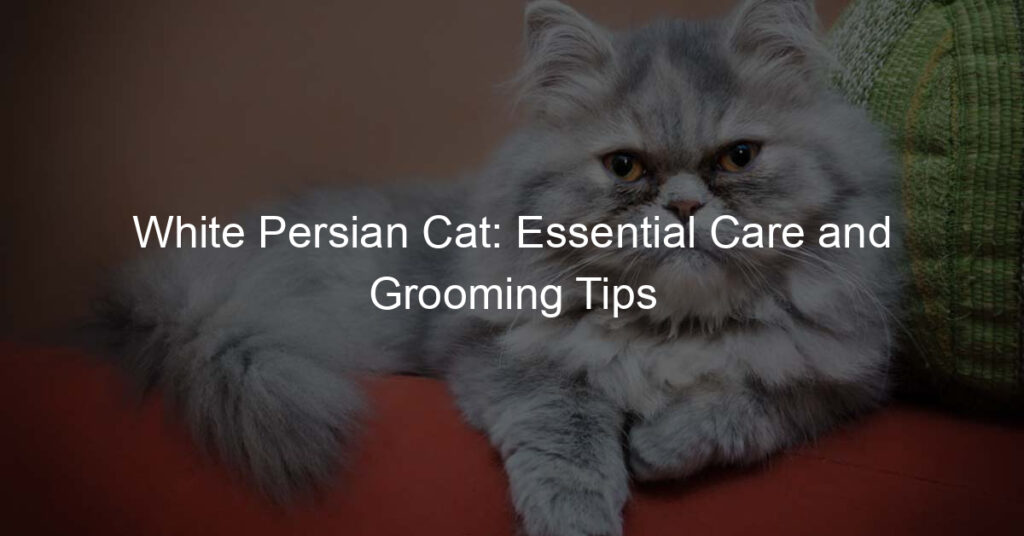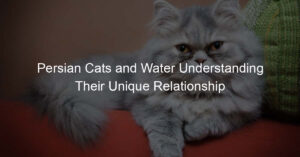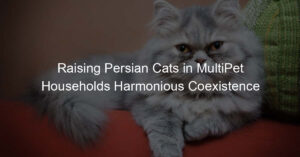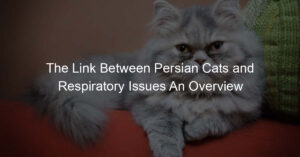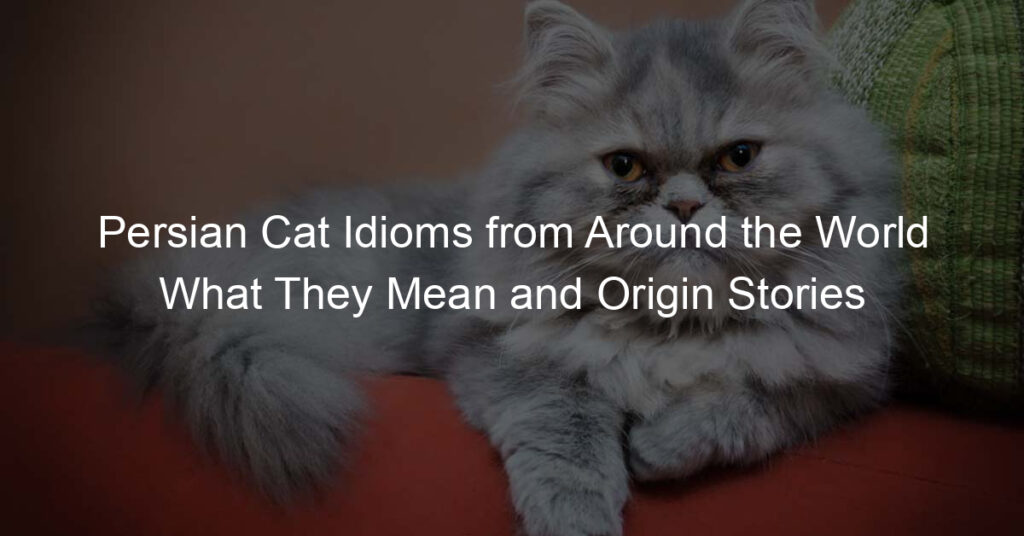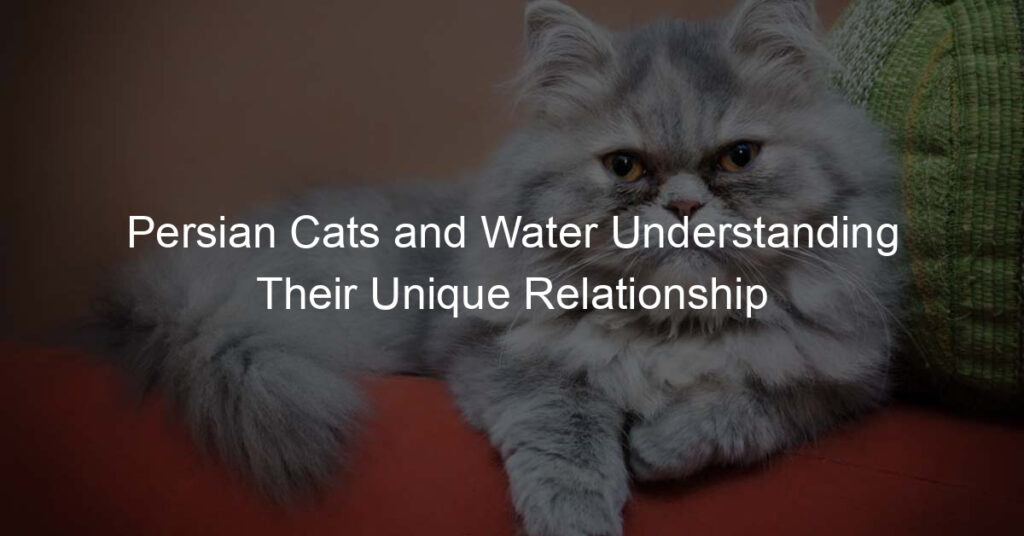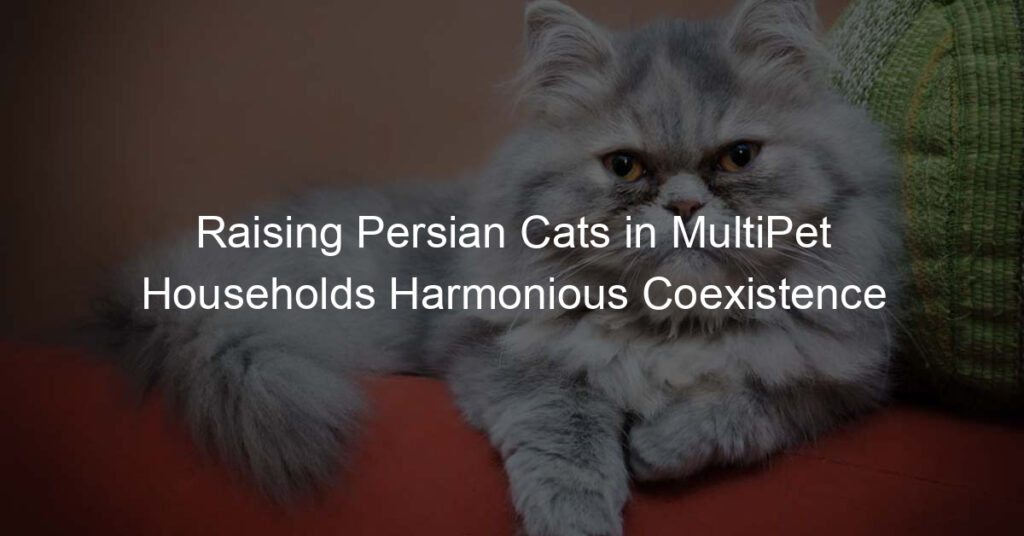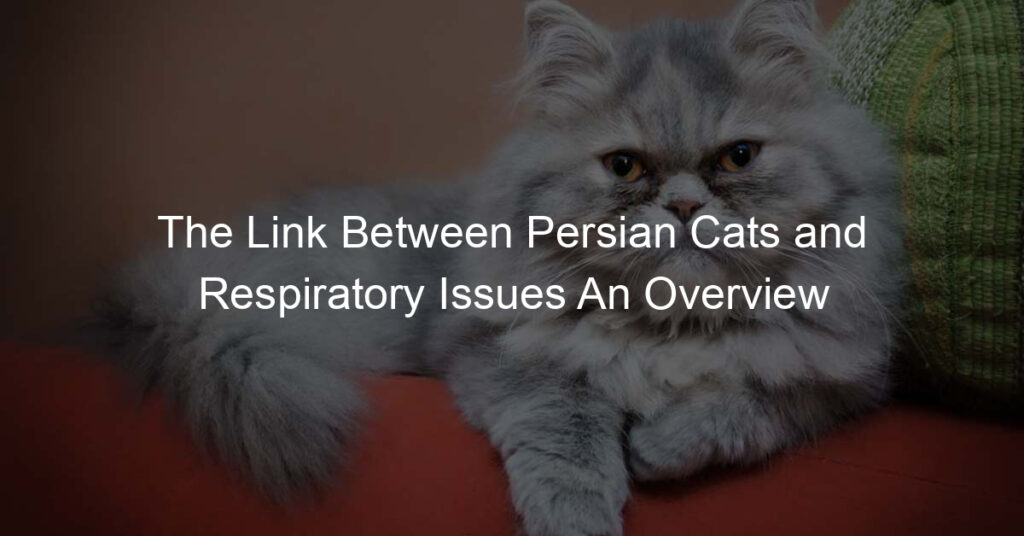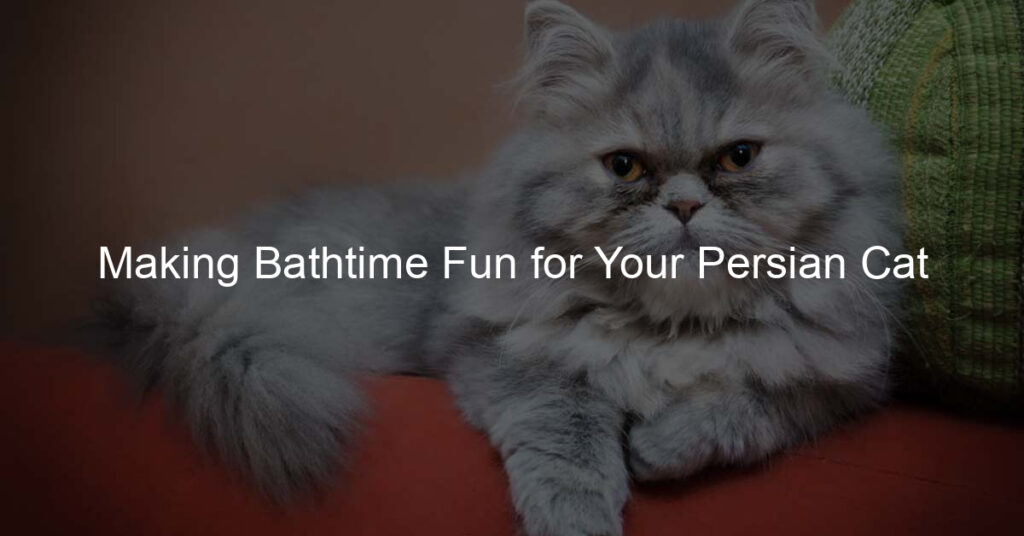The white Persian cat is a striking variation of the popular Persian breed, known for their luxurious, long white coats and distinct flat faces.
These purebred cats have captured the hearts of many with their charming looks and gentle temperament.
Delving deeper into the world of these elegant felines will allow you to appreciate their uniqueness and understand how to best care for them.
The origins of Persian cats can be traced back to Khorasan, with the first documented ancestors potentially imported into Italy around 1620.
Extensive breeding programs have since resulted in an array of color variations within the breed, with the White Persian cat being one of the most iconic representations.
Alongside their beautiful appearance, White Persian cats possess physical characteristics such as large, round eyes and a distinctly short muzzle.
White Persian cats are beloved not only for their beauty but also for their serene personalities. They tend to be quiet, affectionate, and easygoing companions.
This makes them well-suited to both families and individuals who are looking for a loyal, loving pet.
However, owning a White Persian cat also comes with certain responsibilities, such as grooming and healthcare, that potential owners need to be prepared for.
Key Takeaways
- White Persian cats are a stunning variation of the Persian breed, known for their pure white coats and sweet temperaments.
- These cats originated from Khorasan and have become popular worldwide as affectionate, gentle companions.
- Owning a White Persian cat requires a commitment to grooming and healthcare, as well as understanding their unique needs and characteristics.
Origins of White Persian Cats

White Persian cats have a rich and fascinating history. Their origins can be traced back to Mesopotamia, which later was known as Persia, and is now modern-day Iran.
Back in the 17th century, the breed’s elegant appearance and long hair enchanted Italian traveler Pietro Della Valle, who is credited with bringing Persian cats to Europe in 1625.
As you might already know, long-haired cats’ appearance was quite a distinctive feature, as there were no known long-haired specimens of the African wildcat, which is considered the ancestor of domestic cats.
The first references to Persian or long-haired cats in Europe can be found in historical records from the 17th century.
Apart from Pietro Della Valle, French astronomer Nicolas-Claude Fabri de Peiresc also brought a long-haired cat from the Ottoman Empire.
White Persian cats, in particular, were first discovered around 1871 in the regions surrounding Mesopotamia.
They share the same physical characteristics as their other Persian counterparts and have medium to large bodies with a well-rounded appearance due to their long coat.
Originating in Persia and Iran, Persian cats became widely recognized for their sweet, gentle, and calm dispositions.
Due to their friendly nature, they are well-loved by pet owners. It’s essential, however, to handle Persian cats gently, as they don’t appreciate roughhousing or being grabbed by young children.
As you can see, the origins of White Persian cats have a captivating history, and their distinctive long hair made them stand out from other breeds.
With their roots in ancient Mesopotamia and their journey to Europe, these charming felines have undoubtedly captured the hearts of cat enthusiasts worldwide.
Physical Characteristics of White Persian Cats

Coat
White Persian cats are known for their luxurious long, and silky coats. Their fur is thick all over the body, with an immense ruff around the neck, a deep frill extending between the front legs, and a very full brush tail.
These stunning felines require regular grooming to maintain their beautiful appearance and prevent matting. Brushing your white Persian cat daily will help keep their coat in the best condition.
Eyes
The eyes of a white Persian cat are a stand-out feature, coming in various shades such as blue, green, copper, or even odd-eyed. Their wide-set eyes are another reason why these cats are so popular among cat lovers.
To ensure your Persian’s eyes stay healthy, it’s important to gently clean them with a damp cloth or special eye wipes for cats.
Face Shape
White Persian cats are famous for their unique face shape, which often features chubby cheeks and a flat, pushed-in appearance. This distinct characteristic has earned them the nickname “pansy-like” in appearance.
Although charming, this facial structure can sometimes lead to breathing difficulties and tear staining around the eyes. It’s essential to monitor your cat’s health and consult a veterinarian if any issues arise.
Body Structure
These felines typically have a medium body size, weighing between 7 to 12 pounds, and measure about 14 to 17 inches in length.
Persians possess large heads, short noses, and sturdy bodies with a low stance. Despite their graceful appearance, they are well-muscled and strong.
It’s crucial to provide your Persian cat with a well-balanced diet and appropriate toys and scratchers to maintain muscle tone and overall health.
Behavior and Temperament of White Persian Cats
White Persian cats are known for their distinctive appearance and elegant demeanor. They typically have a gentle and affectionate personality, which makes them great companions for cat lovers who appreciate a calm and loving pet.
These charming felines are not as active as other cat breeds, preferring a more relaxed lifestyle.
They enjoy lounging around the house and are content with simple playtimes, like chasing after toys or exploring their surroundings.
Their laid-back nature means they are well-suited to indoor living, and they can adapt to small living spaces such as apartments.
White Persian cats can have a varying range of personalities, from lazy and aloof to playful and talkative.
Yet, in general, they are known for being quiet and calm, making them a great choice for owners who appreciate a peaceful pet.
They tend to form strong bonds with their owners and may become attached to one or two people in the home, showing their affection through soft purring and cuddling.
While their temperament is usually sweet and friendly, it is essential to give your White Persian cat the proper socialization and positive exposure to new experiences from a young age.
This will help them develop a well-rounded personality and ensure they can adapt to different situations with ease.
White Persian cats are elegant, gentle, and affectionate pets with a calm disposition.
Their relaxed nature and adaptability make them an excellent choice for many cat owners, especially those who appreciate a quieter and more serene companion.
Keep in mind that proper socialization and exposure to new experiences are crucial for developing a well-rounded personality and helping your White Persian cat adjust to various situations.
Health Issues Related to White Persian Cats

White Persian Cats, like other Persian cats, can be prone to certain health issues.
Being aware of these problems and taking proactive measures can help you provide the best care for your feline friend.
In this section, we’ll cover two common health problems: Polycystic Kidney Disease and Progressive Retinal Atrophy.
Polycystic Kidney Disease
Polycystic Kidney Disease (PKD) is a hereditary condition that affects Persian cats, causing multiple cysts to form in their kidneys.
These cysts can impair kidney function and eventually lead to kidney failure. The symptoms of PKD can include:
- Nausea
- Vomiting
- Lethargy
Fortunately, there is a genetic test available to detect PKD in Persian cats. By testing your cat early, you can take necessary precautions to manage the disease and maintain their quality of life.
Progressive Retinal Atrophy
Progressive Retinal Atrophy (PRA) is an eye condition that affects Persian cats, leading to gradual vision loss.
PRA occurs when the photoreceptor cells in the retina begin to deteriorate over time, affecting the cat’s ability to see clearly.
The early signs of PRA might be challenging to detect, as cats are good at adapting to vision loss. However, some symptoms may include:
- Night blindness
- Bumping into objects
- Reduced confidence in unfamiliar surroundings
While there is currently no cure for PRA, early detection, and management can help your cat adapt to their changing vision.
Regular vet check-ups and consultations with a veterinary ophthalmologist can help monitor your cat’s eye health and provide guidance on how to accommodate their visual needs.
By understanding these health issues and working closely with your veterinarian, you can help ensure a happy and healthy life for your White Persian Cat.
Grooming Needs of White Persian Cats

White Persian cats are known for their luxurious coat and elegant appearance.
As a cat owner, it is essential to pay special attention to grooming to maintain their pristine white coat and ensure their overall health.
To begin, regular brushing is crucial in preventing matting and tangles. White Persian cats have long, thick fur, and you should brush your cat’s coat daily with a high-quality brush.
This will help distribute natural oils, remove dirt, and maintain a smooth, shiny coat.
Bathing your Persian cat is another important aspect of grooming. Introduce water and bath time in your kitten’s early stage to make them comfortable with baths as they grow up.
Use a hypoallergenic and fragrance-free shampoo specifically designed for cats. White Persian cats may require more frequent baths to keep their coat clean, bright, and free from stains.
In addition to coat care, pay close attention to your cat’s eyes, ears, and nails. White Persian cats often have tear-staining under their eyes.
Gently clean this area with a damp cloth or an eye-cleaning solution specifically designed for cats. Keep their ears clean by using cotton balls and a vet-approved ear cleaner.
For their nails, invest in good-quality cat nail clippers. Trim their claws carefully, avoiding the quick to prevent any potential discomfort.
Although grooming might seem time-consuming, it’s essential for your White Persian cat’s health and well-being.
With proper care and a consistent grooming routine, you’ll not only help your cat look its best, but you’ll also be contributing to their overall quality of life.
Feeding and Diet Requirements for White Persian Cats

Feeding your White Persian Cat properly is essential for their health and well-being. These beautiful cats have specific dietary needs that should be met to ensure they stay healthy and happy.
White Persian Cats need a high protein, low carbohydrate diet. This means that you should prioritize meat-based proteins in their food.
Wet food is typically the best choice for Persian cats, as it contains more moisture than dry food and is better for their delicate urinary tract systems.
In addition to high protein content, it is important to look for cat food with quality ingredients, rich in vitamins and minerals. Including probiotics in your cat’s diet can help maintain a balanced digestive system by providing a source of good bacteria.
When selecting a cat food for your White Persian Cat, be sure to avoid fillers often found in cheaper foods. These fillers can be detrimental to your cat’s overall health.
It’s also a good idea to choose a food with added hairball control benefits, as long fur can lead to an increase in hairballs.
You should also pay attention to your cat’s dental health. Flat-faced cats, like Persians, can be prone to dental problems.
Providing them with food that addresses these issues can be beneficial in maintaining your cat’s oral health.
Feeding your White Persian Cat a proper diet will not only help in maintaining their overall health but will also ensure their beautiful coat remains in the best possible condition.
Understanding the specific needs of your White Persian Cat, you can confidently provide them with the best diet to ensure a happy, healthy life.
Breeding of White Persian Cats
When considering breeding White Persian cats, it’s important to understand their unique characteristics and requirements. To help you successfully breed these beautiful felines, follow this simple guide.
First, you should be aware that female Persian cats generally mature more slowly than other breeds. Some may reach puberty at a year old, but it is more likely that they will start effectively mating closer to 18 months.
Male Persian cats may take up to two years to understand what is happening and effectively breed.
Before you begin breeding your White Persian cats, ensure they are healthy and free from any genetic disorders.
As these cats have long, luxurious hair and flat faces, particular care must be taken to maintain their health.
Grooming is essential to prevent matting, and you should monitor for any respiratory problems arising from their facial structure.
To find a suitable mate for your White Persian cat, consider contacting reputable breeders or cat associations. This can help ensure the chosen partner is also in good health and carries desirable traits.
Once your cat is ready for breeding, monitor their progress carefully.
Female Persians will show signs of heat, such as increased vocalizations and affectionate behavior. If successful, the gestation period for cats is around 64 to 67 days.
When the time comes for your White Persian cat to give birth, provide a comfortable, private space for her. This will help her feel secure and allow her to focus on delivering her kittens.
Finally, remember that White Persian kittens develop dense coats within a few months of birth and generally are available for sale 12-16 weeks afterward.
Keep in mind that raising these kittens requires care and attention, so make sure you are prepared for this commitment before embarking on a breeding journey.
Benefits and Challenges of Owning a White Persian Cat

Owning a white Persian cat can bring joy and companionship to your home, but it’s essential to be aware of the benefits and challenges associated with this particular breed.
In this section, we’ll discuss some of the key pros and cons to help you make an informed decision.
Benefits
White Persian cats are known for their sassy personalities and charming good looks.
Their beautiful white coats make them an eye-catching addition to any family, and their calm demeanor is perfect for people seeking a quiet, well-behaved companion.
This breed is known for being good-natured and loving children.
They can happily coexist in a family environment and are relatively low energy, making them suitable for indoor living.
Their round faces and thick coats are not just pleasing to the eye; the breed enjoys being pampered and will happily curl up beside you for some quality time.
Challenges
However, owning a white Persian cat is not without its challenges. They have high-maintenance grooming needs due to their long, luxurious fur.
Regular grooming, especially for white Persians whose coats may show dirt and stains more easily, is essential to prevent matting and maintain their stunning appearance.
Furthermore, the breed is prone to respiratory problems as a consequence of their flat faces. Regular vet check-ups are necessary to monitor and manage these health issues.
Additionally, white Persian cats may not get along well with other cats and may prefer to be in the company of a small group of their own kind.
Owning a white Persian cat has its benefits and challenges, and it is essential to consider both before bringing one into your life.
With proper care and grooming, you can enjoy a beautiful and loving companion, but be prepared for the high maintenance and potential health issues associated with this extraordinary breed.
Frequently Asked Questions
What is the average price for a White Persian kitten?
The average price for a White Persian kitten can range from around $500 to $1,800, depending on the breeder and the quality of the kitten.
Keep in mind that this cost does not include additional expenses associated with owning a cat, such as food, vet bills, and spay/neuter surgeries.
Do male and female White Persians have different traits?
Both male and female White Persians share similar physical and temperamental traits. However, some differences might be observed in their size, with males generally being larger than females.
Additionally, each individual cat may have unique personalities regardless of their gender.
How long is the lifespan of a White Persian cat?
A White Persian cat typically has a lifespan of 10-15 years. As with any pet, this can vary based on factors such as genetics, health conditions, and the quality of care they receive.
It’s essential to provide proper nutrition, regular veterinary check-ups, and a comfortable and safe living environment to ensure a long and happy life for your White Persian.
What colors can be found in White Persian cat breeds?
Although White Persian cats are known for their pristine white fur, they can also have unique color patches or even blue eyes due to genetic variations.
Some White Persians might have subtle color variations, so always clarify with breeders if you’re looking for a specific shade or color pattern.
Are White Persian cats high-maintenance pets?
White Persians are considered high-maintenance pets due to their long, luxurious fur. This hair requires regular grooming to prevent mats and tangles, and some individuals may need baths to keep their coats clean and healthy.
Additionally, their flat faces can be prone to breathing issues and require special attention to keep their eyes and ears clean.
What is the typical temperament of a White Persian cat?
White Persian cats are known for their sweet and gentle nature. They are often described as affectionate, calm, and sociable pets who enjoy spending time with their owners.
However, they may also be more reserved than other breeds and might appreciate having some quiet time to themselves.
